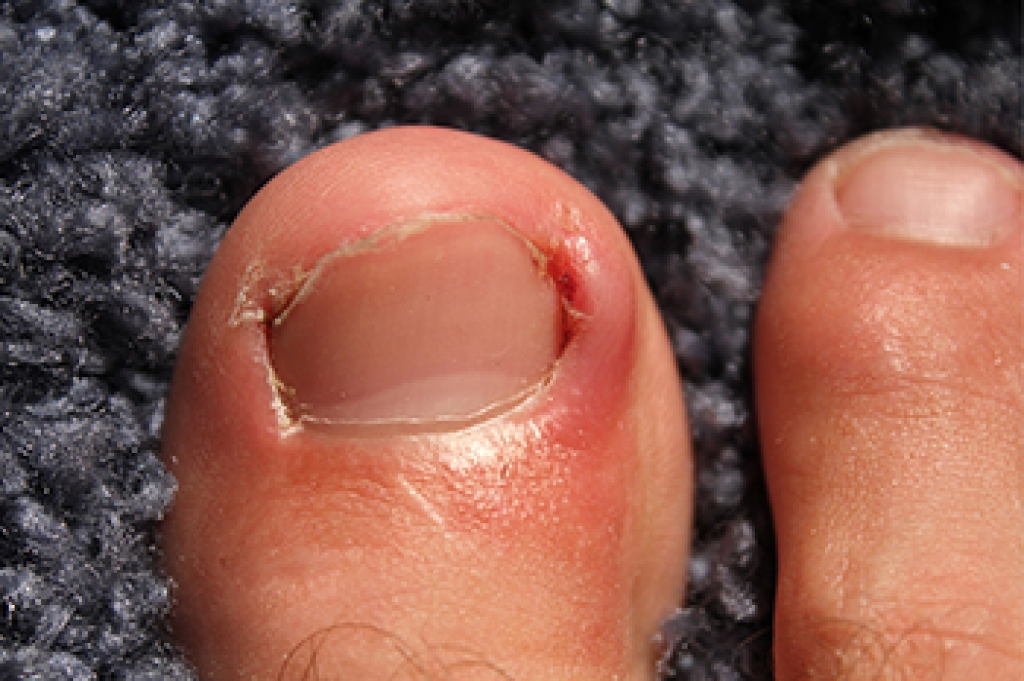
An ingrown toenail happens when the edge of the nail grows into the surrounding skin. This can lead to pain, redness, swelling, and sometimes infection. They often occur on the big toe and may be the result of trimming nails too short, wearing shoes that squeeze the toes, or even from an injury. Ingrown toenails can happen to anyone, though athletes and those on their feet for long periods of time may notice them more often. The discomfort can feel sharp and throbbing, making walking or wearing shoes difficult. Treatment may involve soaking the foot, gently lifting the nail edge, or, in more serious cases, a podiatrist may need to remove part of the nail. Prevention starts with cutting nails straight across and choosing properly fitted shoes. If you are struggling with an ingrown toenail, it is suggested that you see a podiatrist for proper care.
Ingrown toenails can become painful if they are not treated properly. For more information about ingrown toenails, contact Elie C. Daniel, DPM of Illinois. Our doctor can provide the care you need to keep you pain-free and on your feet.
Ingrown Toenails
Ingrown toenails occur when a toenail grows sideways into the bed of the nail, causing pain, swelling, and possibly infection.
Causes
- Bacterial infections
- Improper nail cutting such as cutting it too short or not straight across
- Trauma to the toe, such as stubbing, which causes the nail to grow back irregularly
- Ill-fitting shoes that bunch the toes too close together
- Genetic predisposition
Prevention
Because ingrown toenails are not something found outside of shoe-wearing cultures, going barefoot as often as possible will decrease the likeliness of developing ingrown toenails. Wearing proper fitting shoes and using proper cutting techniques will also help decrease your risk of developing ingrown toenails.
Treatment
Ingrown toenails are a very treatable foot condition. In minor cases, soaking the affected area in salt or antibacterial soaps will not only help with the ingrown nail itself, but also help prevent any infections from occurring. In more severe cases, surgery is an option. In either case, speaking to your podiatrist about this condition will help you get a better understanding of specific treatment options that are right for you.
If you have any questions, please feel free to contact our offices located in Princeton, Peru, and Mendota, IL . We offer the newest diagnostic and treatment technologies for all your foot care needs.
